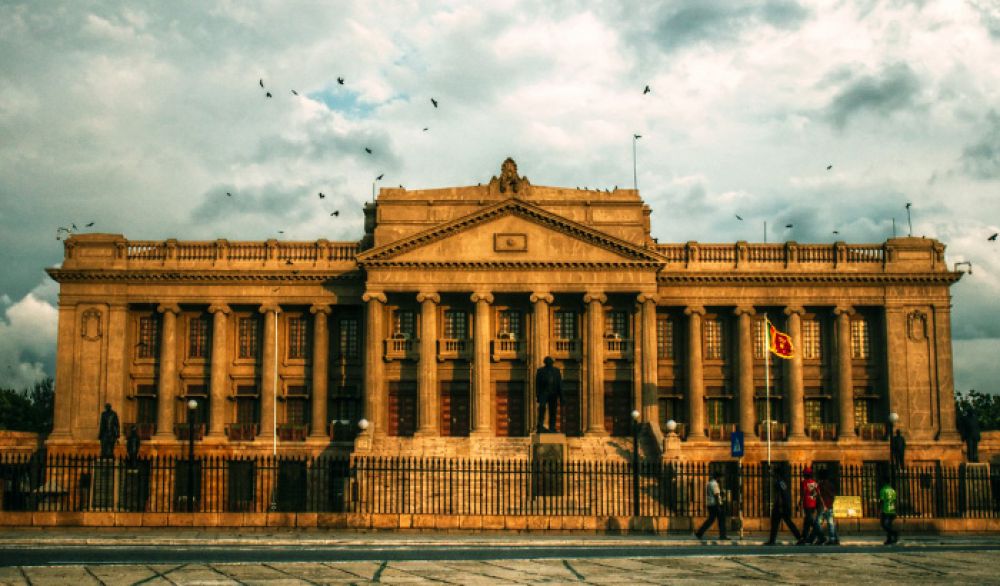

The Old Parliament Building is a significant historical landmark situated in the heart of Colombo, the bustling capital city of Sri Lanka. Overlooking the scenic Galle Face Green and the Indian Ocean, the building stands as a testament to Sri Lanka's colonial past and its journey to independence.
The construction of the Old Parliament Building was completed in 1930 during the British colonial era. It was designed by architect Austin Woodeson, following the Neo-Baroque style, and served as the country's House of Parliament for more than half a century. With its grand façade and prominent location, it was designed to reflect the British Empire's power and prestige.
After Sri Lanka gained independence in 1948, the building continued to house the Parliament until the new Parliamentary Complex was opened in Sri Jayawardenepura in 1983. The Old Parliament was then transformed into the Presidential Secretariat, serving as the office of the President of Sri Lanka.
In terms of tourism, the Old Parliament Building has always been a highlight for visitors to Colombo. Initially, it attracted those with an interest in colonial architecture and political history. In recent years, as tourism in Sri Lanka has developed, the site has become part of broader city tours that showcase the blend of colonial and modern structures that define Colombo's skyline.
Surrounded by other historical sites such as the Colombo Fort and the Galle Face Hotel, the area is a hub for tourists exploring the city's rich history. Although the building itself is not generally open to tourists, as it functions as a government office, the exterior and the surrounding gardens continue to be a popular spot for photography and leisurely walks.
The recent surge in eco-tourism and sustainable travel has had a pivotal influence on tourism trends in Colombo. While the Old Parliament Building remains an important historical site, current trends show an increasing preference for experiences that also offer environmental and cultural sustainability. Tourists are looking for authenticity and a connection with the local community, leading to more immersive activities in and around Colombo.
Virtual tourism has also become a trend, particularly due to the travel restrictions associated with the COVID-19 pandemic. Many historic sites, including those in Colombo, have bolstered their online presence, providing virtual tours and interactive experiences for those unable to visit in person.
Nonetheless, the Old Parliament Building of Colombo continues to hold its status as a must-visit site for tourists interested in the colonial history and political legacy of Sri Lanka, and it remains an integral component of Colombo's identity as a vibrant South Asian metropolis.
With the easing of travel restrictions and the global effort to revive the tourism industry, Colombo — and sites like the Old Parliament Building — anticipate a return to their pre-pandemic levels of tourist activity, with a renewed focus on creating sustainable, enriching experiences for visitors from around the world.